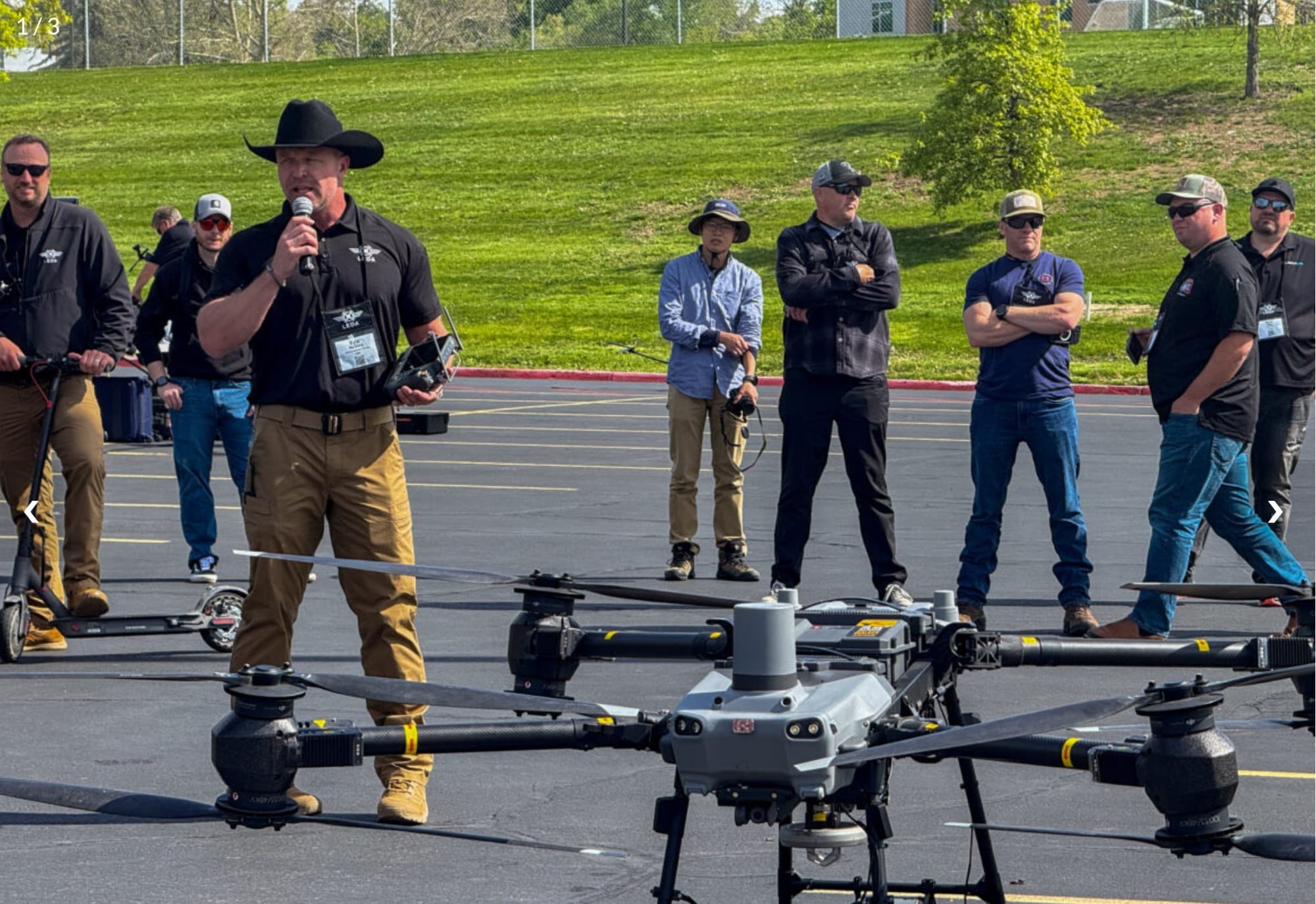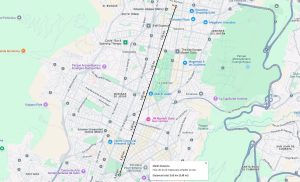National Drone Training Event in Ogden Advances Public Safety Tactics
On May 5, 2025, over 260 public safety professionals from across the United States gathered for a weeklong drone training event in Ogden, Utah. Organized by the Weber County Sheriff’s Office and the Law Enforcement Drone Association (LEDA), this initiative highlights the increasing importance of drones in enhancing Search and Rescue (SAR) operations, disaster response, and law enforcement protocols.
Elevating Search and Rescue Capabilities
The training focused on search and rescue tactics, particularly vital given Utah’s challenging terrain. Brandon Karr, the public information officer for LEDA, noted, “The area sees a lot of search and rescue operations, making it essential for agencies from outside Utah to learn best practices from those who operate in this environment daily.”Participants honed their skills in thermal imaging and GPS-guided navigation, with certifications awarded based on National Institute of Standards and Technology standards.
Expanding Drone Applications
In addition to SAR, the event explored how drones can support SWAT operations, conduct crash scene reconstructions, and map disaster areas. Karr raised essential points around privacy concerns, articulating, “Discussions included what law enforcement can legally do with drones, including warrant requirements.”Such dialogues are crucial to ensure that operational effectiveness does not infringe on public privacy rights.
Drones as First Responders
A significant highlight of the training involved positioning drones as first responders. Karr elaborated, “Drones can be stationed in docking stations throughout the jurisdiction, allowing them to launch autonomously to address calls for service before human responders arrive.” This capability enables drones to assess situations in under 90 seconds, markedly improving response times compared to the typical 7-10 minutes required for personnel. Additionally, drones can independently manage over 25% of service calls, significantly reducing the need for manpower.
Industry Trends and Future Outlook
The adoption of drones in public safety has surged over the past decade due to their affordability and versatility. A basic drone setup for public safety, including docking stations, is priced between $10,000 and $20,000, making them accessible for many agencies. Karr sees a promising future: “The value is evident and the investment isn’t prohibitive, indicating widespread adoption ahead.” This trend aligns with continual advancements in autonomous technology and battery life, now averaging between 30–45 minutes per charge.
Operational and Economic Benefits
Drones provide significant operational efficiencies, especially in vast or hazardous areas. Economically, they minimize budget strains by cutting down on overtime costs and wear and tear on vehicles. Compliance with FAA Part 107 rules ensures safe integration into airspace, although agencies must be mindful of legal requirements regarding particular surveillance activities.
The Ogden event, which concluded on May 9, 2025, is a vital step toward standardizing drone use in public safety. As agencies increasingly adopt these technologies, drones are set to be as commonplace as patrol cars, transforming emergency response across the nation. For more information on future LEDA events, contact info@ledauas.org.
Photos courtesy of LEDA













